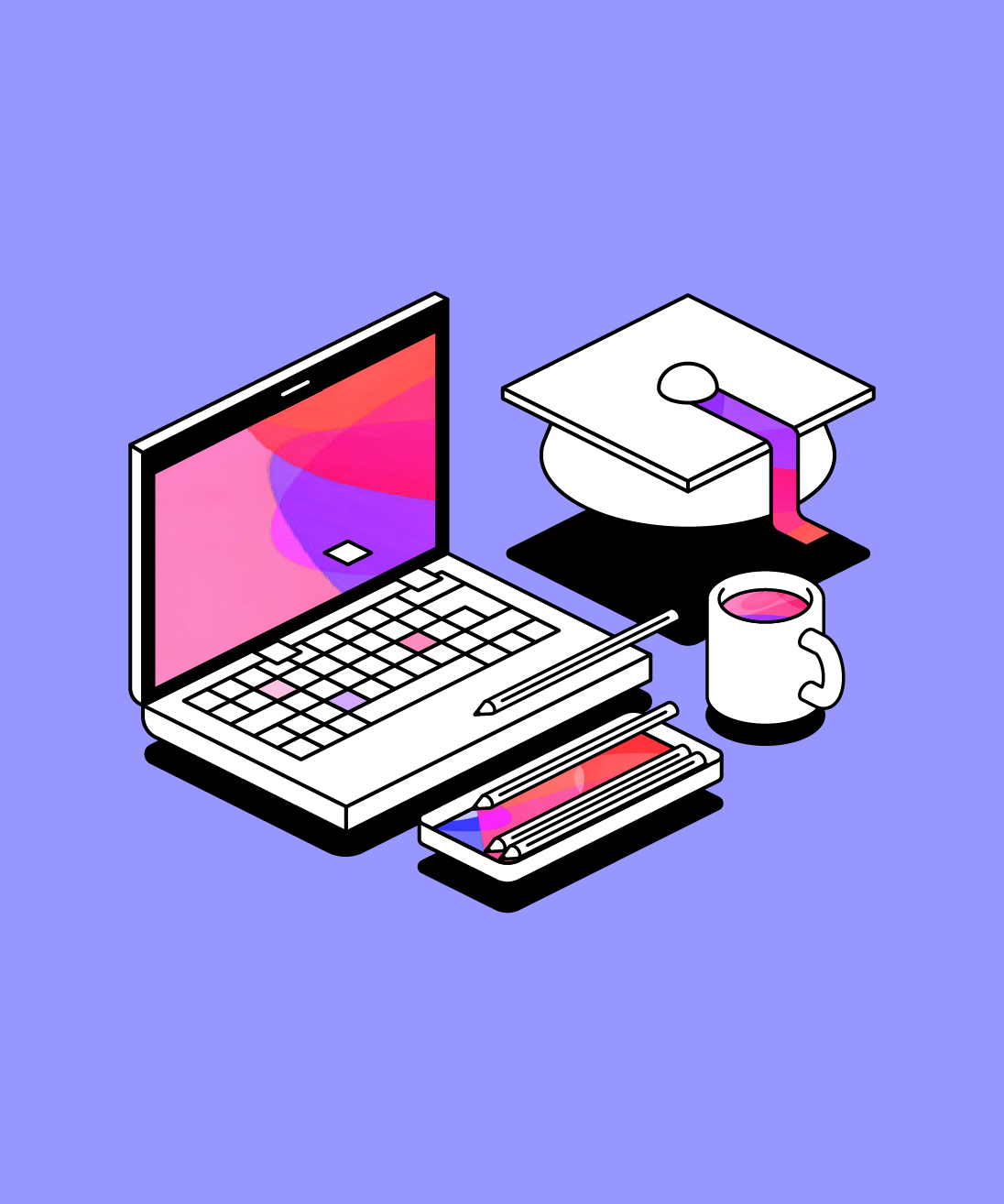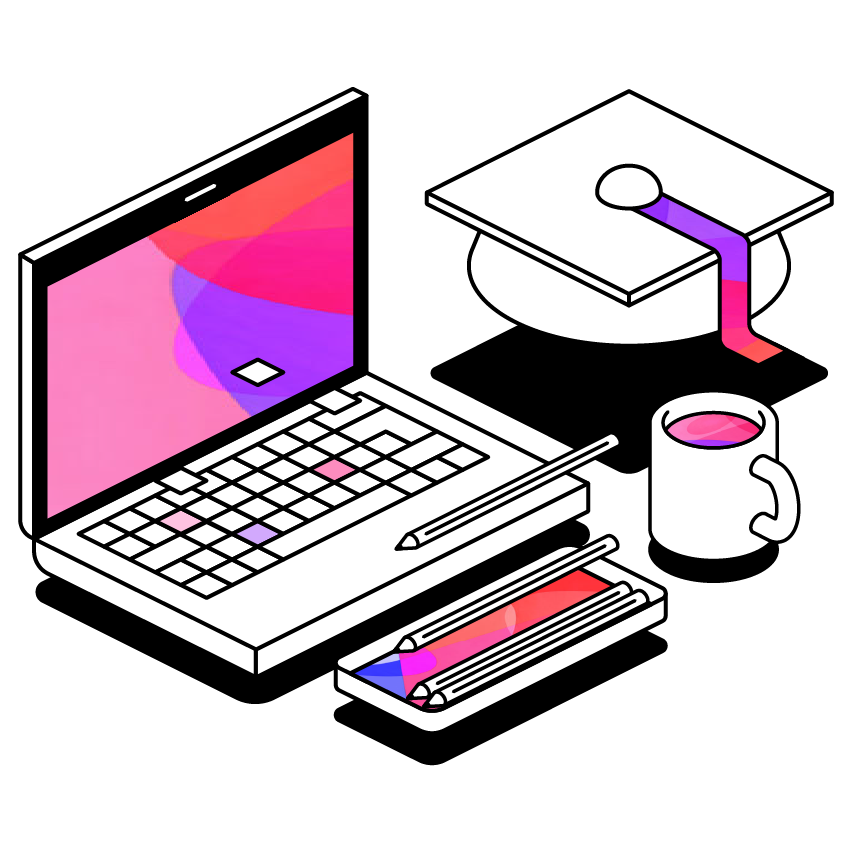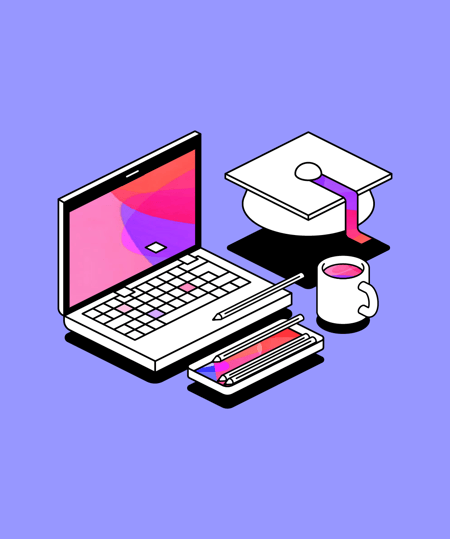How can colleges use AI to make STEM more accessible?
Making complex STEM content truly accessible is one of the biggest challenges for disability services. Here, we take a look at some of the key points from our recent webinar, where our panel of experts shared their insights on how they're using technology and AI to increase accessibility for STEM students.
 3 min read
3 min read
 Published: 13 Nov 2025
Published: 13 Nov 2025
 Phoebe Hoar
Phoebe Hoar


The rapid advancement of AI presents both unprecedented opportunities and questions for higher education, particularly in the critical areas of accessibility and specific subject areas, such as STEM.
STEM education faces unique challenges - heavy schedules, cumulative learning, and dense content often involving complex formulas and live data. For students, this high-pressure environment can quickly lead to disengagement and dropout.
The core value of AI in STEM learning isn't just about automation, but about contextualization, organization, and active participation.
In our recent webinar, industry experts convened to share their insights and experiences regarding the integration of AI tools. Genio’s James Paisley-Knight hosted the panel. He was joined by a diverse and experienced group of higher education leaders:
- Katlyn Guzar, Associate Director, Accommodation Services at Wilfrid Laurier University
- Saul Santana, Director – ACCESS Center at The City Colleges of Chicago, Richard J. Daley College
- Shannon Needham, Upper School Learning Specialist at Sandy Spring Friends School
This panel offers a crucial perspective on navigating the current AI landscape, from K-12 applications to university wide strategy, with a core focus on ensuring that technology removes, rather than introduces, barriers for all students. Here, we'll take a look at some of their experiences with using AI in a STEM context.
Using AI to contextualize learning: Making STEM relevant
One of the greatest struggles for students is connecting theoretical knowledge (like equations and chemical reactions) to real-world applications. AI is proving to be a highly effective solution for this challenge, even at the K-12 level.
- AI chatbots as expert guides: Shannon Needham describes how teachers at her institution use AI chatbots to create highly controlled, interactive scenarios. For instance, a chatbot can take on the role of an expert scientist in a lab, guiding students through an exercise like creating a new chemical compound.
- Student autonomy within guardrails: The teacher sets strict guidelines for the chatbot interaction based on current learning, but the student experiences a sense of autonomy as they work through the scenario. This approach allows students to apply theoretical knowledge in a safe, real-time context, which is particularly vital for cumulative subjects.
Utilize AI overviews to help with the cognitive load
The sheer volume of information in STEM courses means that staying organized and managing time is a persistent source of stress and overwhelm. AI helps alleviate this cognitive load:
- Skeletal overviews: Saul Santana shares that when providing heavy academic articles in class, he allows students to use AI to provide an overview or summary. As a result, lectures can be much more productive as students have been able to engage with the learning materials. Tools like Genio's AI Outline can also aid by providing a skeleton overview of what happened in a class, which is crucial for retaining information when dealing with dense lectures.
- Integrating large volumes of data: Katlyn Guzar mentions that for her role, helping students access information is essential. She evaluated AI’s role in helping students with access arrangements be able to interact with data, which is often a challenge within the STEM subjects. She notes that tools like Notability or Notebook LM excel at helping students integrate large volumes of information and carry knowledge forward from course to course.
Collaboration for effective AI adoption
While AI strategies for learning are broadly transferable across departments (as Katlyn Guzar notes, the main difference is the type of content, not the learning strategy itself), collaboration is essential for maximizing impact.
- Accessibility services as partners: Shannon Needham highlights that Disability Services and STEM departments are natural partners because both encourage an "experimentation process" in finding what works.
- Student Success and TRIO: Collaboration should extend beyond the core departments to include Student Success and TRIO offices. These departments possess expertise in supporting students with varying non-disability-related barriers, such as time, financial stress, or a lack of tech literacy - barriers that are acutely felt by STEM students.
- Addressing faculty participation: Katlyn Guzar points out that at the university level, academic freedom can be a hurdle. This puts the onus on accessibility offices to systematically train faculty on how their content choices interact with the tools students use.
Key takeaways for implementing AI for better accessibility
We asked our 3 experts for one piece of advice they'd give to other professionals wanting to increase AI adoption and accessibility for their students.
- Katlyn Guzar: Understand your institution's context, including policies and the general attitude toward adoption. Know the procedures required to officially adopt and enact an AI tool.
- Saul Santana: Ask questions of your vendors and set up clear guidelines, defining who is responsible for which aspects of AI usage. Always remember to collaborate; the more people involved in the decision-making process, the better.
- Shannon Needham: Always make sure students are engaged in the conversation, because if they don't buy into it, it won't matter how much money you spend or research you do.
To watch the full expert panel discussion, you can re-watch the webinar here.
More from Supporting Students
View All
 2 min read
2 min read
How can colleges equip students with the right skills for continuous learning?
Is the endless list of job specific 21st-century skills failing to prepare graduates for evolving careers? In this blog, our Learning Lead, Sammy, argues this focus overlooks the single most crucial ability: Metacognition - the indispensable skill of learning how to learn.

 3 min read
3 min read
Making STEM more accessible for higher education students
Making complex STEM content truly accessible is one of the biggest challenges for disability services. Here, we take a look at some of the key points from our recent webinar, where our panel of experts shared their insights on how they're using technology and AI to increase accessibility for STEM students.

 2 min read
2 min read
How to support students to prepare and deliver presentations
Presentations remain a source of anxiety for many students. What can be done to support and empower students to feel more prepared? Here, we take a look at some of the strategies that can be implemented to ensure all students feel able to participate in presentations confidently.





